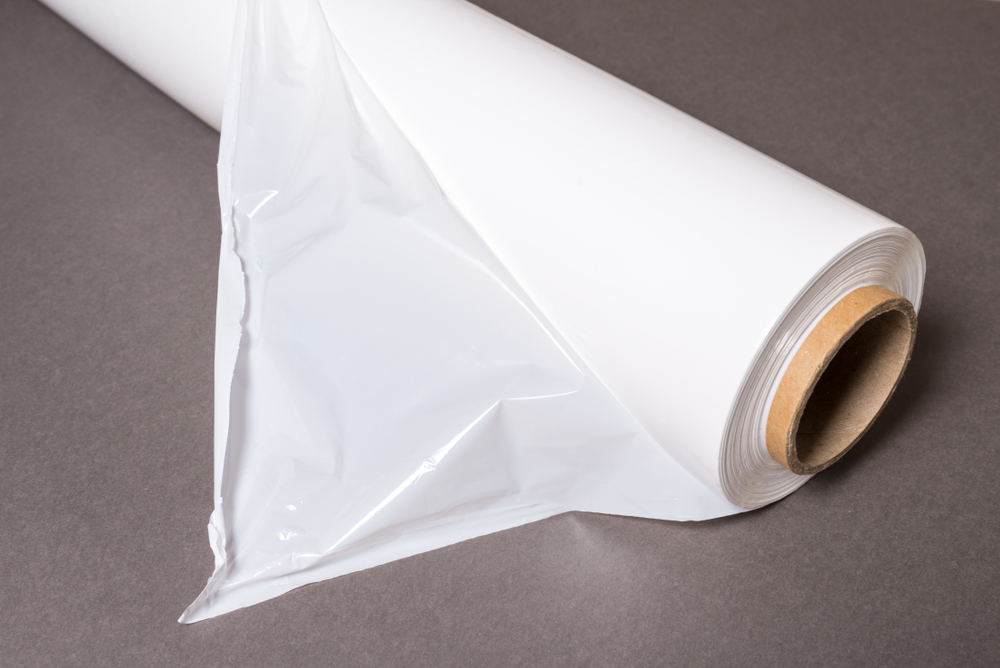
When it comes to packaging and securing loads, stretch film is a widely-used material in various industries. However, proper application of stretch film is crucial to ensure the safety, security, and efficiency of the packaging process. Whether you’re a seasoned professional or just getting started, these tips will help you master the art of applying stretch film, improve your packaging efficiency, and reduce waste.
Understanding Stretch Film and Its Importance
Stretch film, also known as stretch wrap, is a highly stretchable plastic film commonly used for wrapping products together. It is primarily used to secure items on pallets and protect them during transport and storage. By applying stretch film correctly, you can achieve maximum load stability, reduce damage, and minimize material costs.
Benefits of Proper Stretch Film Application
Before diving into the tips, it’s essential to understand why proper application is so important. Here are some key benefits:
- Improved Load Stability: Correct application ensures that the load remains secure during transit, reducing the risk of shifting or falling.
- Cost Efficiency: Using the right techniques reduces the amount of film used, lowering material costs.
- Reduced Waste: Properly applied stretch film minimizes waste by preventing the need for re-wrapping or excess material usage.
- Enhanced Protection: Proper wrapping protects products from dust, moisture, and damage during transportation and storage.
Choosing the Right Stretch Film
Selecting the appropriate stretch film is the first step in ensuring efficient application. The choice depends on various factors, including the type of load, the environment, and the desired level of protection.
Considerations for Choosing Stretch Film
- Load Type: Different types of loads, such as irregularly shaped items or heavy products, may require different types of stretch film. For example, high-performance stretch film is ideal for securing heavy or unstable loads.
- Environment: Consider the environment in which the wrapped products will be stored or transported. For instance, UV-resistant stretch film is suitable for outdoor storage.
- Film Gauge: The thickness of the film, or gauge, is crucial. A thicker film provides more strength, while a thinner film is more economical and flexible.
- Pre-Stretched vs. Standard Film: Pre-stretched film is easier to apply and reduces the effort required, while standard film offers more flexibility in tensioning.
Techniques for Properly Applying Stretch Film
Now that you’ve selected the right stretch film, let’s explore some techniques to ensure it’s applied correctly and efficiently.
1. Start with a Strong Foundation
Begin by ensuring that the load is stacked correctly on the pallet. A well-organized load with no overhang will allow the stretch film to wrap more effectively. Ensure that the pallet itself is sturdy and in good condition, as a weak pallet can compromise the integrity of the entire load.
2. Choose the Right Wrapping Method
There are several methods for applying stretch film, and the right one depends on your specific needs.
- Hand Wrapping: This method is suitable for small operations or irregularly shaped loads. The key is to maintain consistent tension while wrapping and ensure even coverage.
- Machine Wrapping: For larger operations, using a stretch wrap machine is more efficient. Machines can apply the film more consistently and with higher tension, which improves load stability and reduces film usage.
3. Apply Tension Correctly
Proper tension is critical for effective stretch film application. If the tension is too loose, the load may shift or become unstable. If it’s too tight, the film may tear or cause damage to the products. When hand wrapping, apply consistent pressure as you wrap. When using a machine, ensure that it is calibrated correctly to apply the right amount of tension.
4. Secure the Load with Multiple Layers
One layer of stretch film is often insufficient to secure a load properly. Start by wrapping the base of the pallet several times to anchor the load to the pallet. Then, work your way up, overlapping each layer by about 50% to ensure full coverage. Finally, finish with a few additional wraps around the top of the load for added security.
5. Use Reinforcement for High-Stress Areas
Certain areas of the load, such as corners or edges, may require additional reinforcement. Apply extra layers of stretch film to these high-stress areas to prevent tears and ensure that the load remains stable during transit.
6. Check for Proper Overlap
Proper overlap between layers is essential to prevent gaps and ensure uniform coverage. As a general rule, each pass of the stretch film should overlap the previous layer by at least 50%. This overlap creates a strong bond between layers, improving load stability.
7. Monitor Film Tension Throughout the Process
Whether you’re wrapping by hand or using a machine, it’s crucial to monitor the tension of the film continuously. Inconsistent tension can lead to uneven wrapping, which may cause the load to become unstable. Regularly check the tension and make adjustments as needed.
8. Seal the Wrap Securely
Once you’ve wrapped the entire load, it’s important to seal the film securely to prevent it from unraveling. Tuck the end of the film under a layer or press it down firmly to create a strong seal. Some stretch films come with adhesive properties that help secure the end without additional effort.
Common Mistakes to Avoid
Even with the right techniques, there are common mistakes that can undermine the effectiveness of your stretch film application. Here are a few pitfalls to avoid:
1. Using the Wrong Type of Film
Using a film that is too thin, too thick, or not suitable for the load type can lead to problems. Always choose the right film for the job.
2. Inadequate Wrapping
Failing to apply enough layers or not wrapping the load tightly enough can result in an unstable package. Always ensure that the load is secure and fully covered.
3. Overstretching the Film
Overstretching can cause the film to lose its elasticity and lead to tearing. It’s important to strike a balance between tension and flexibility.
4. Ignoring the Pallet Base
Neglecting to wrap the base of the pallet can cause the load to shift during transit. Always start by securing the base first.
Conclusion
Applying stretch film correctly is essential for maximizing packaging efficiency, reducing waste, and ensuring load stability. By following the tips outlined in this guide, you can master the art of stretch film application and improve the overall quality of your packaging process.
Need Packaging Supplies in Bryan, OH?
Lamberson Packaging Solutions is a family-owned business that has been serving the greater Bryan, Ohio area for 15 years. We offer our customers the best product selection, fast delivery and do it all at great prices! We are proud to offer over 18,000 quality products from well known and trusted brands like 3M, Sealed Air, Tape Logic, Rubbermaid, Ivex, and many more! Our mission is to be the single-source answer to all of our customer’s packaging needs. Through the years, we have established a reputation with our customers for providing fast, reliable, and professional service. Our high level of responsiveness to our customer’s needs keeps them coming back! Give us a call today to get started!
